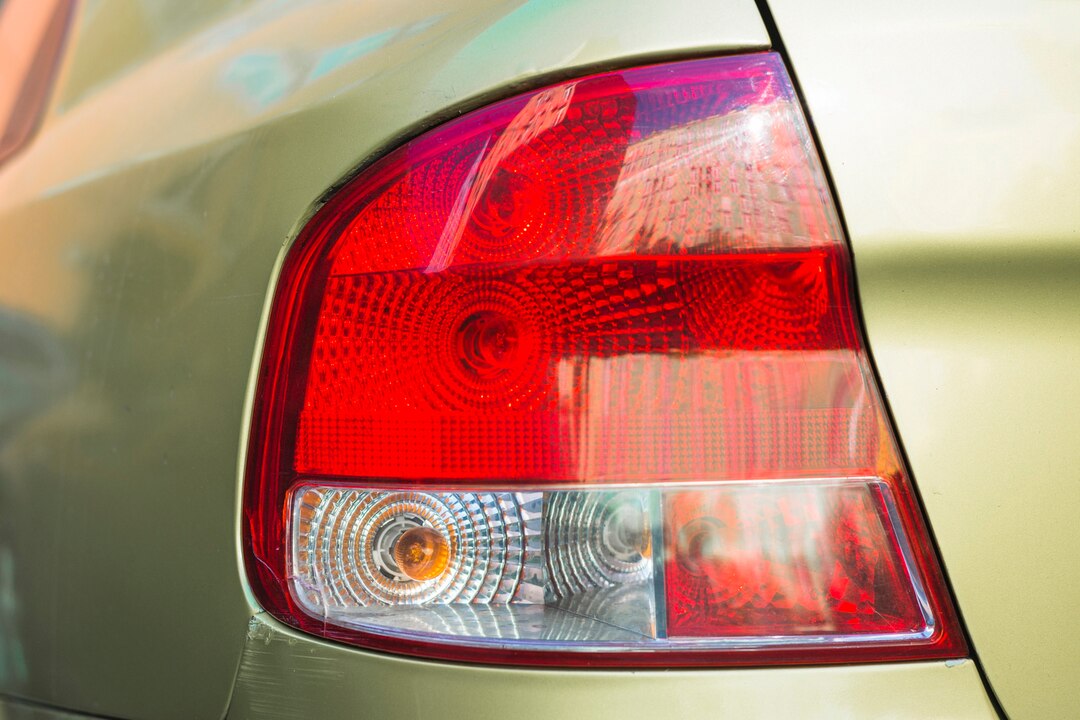Replacing your car’s tail lights is an essential maintenance task that ensures your vehicle remains safe and visible on the road. In South Africa, where road safety is a top priority, it’s crucial to address any issues with your tail lights promptly. Whether you’re dealing with a broken bulb, a cracked lens, or a malfunctioning assembly, knowing the process of replacing your car tail lights, along with the time it takes and the associated cost, can help keep you informed and prepared. Here’s what you need to know:
1. Assessment of the Issue:
Before replacing your car’s tail lights, it’s important to assess the nature and extent of the problem. If you’re dealing with a simple issue such as a burnt-out bulb, the solution may be as straightforward as replacing the bulb itself. However, if the problem involves a damaged lens or assembly, you may need to replace the entire tail light unit.
2. Procuring Replacement Parts:
Once you’ve identified the issue with your tail lights, you’ll need to procure the necessary replacement parts. Depending on the make and model of your vehicle, as well as the extent of the damage, replacement tail light bulbs, lenses, or assemblies may be available from various sources, including authorized dealerships, automotive parts stores, or online retailers.
3. Removal of Old Tail Lights:
Replacing your car’s tail lights typically involves removing the old, damaged components before installing the new ones. This process may vary depending on the design of your vehicle and the type of tail light assembly. In some cases, removing the tail light assembly may require accessing it from inside the vehicle’s trunk or under the rear bumper, while in others, it may involve removing exterior panels or trim pieces.
4. Installation of New Tail Lights:
Once the old tail lights have been removed, the new replacement parts can be installed. This process may involve connecting electrical wiring, securing mounting hardware, and ensuring proper alignment and fitment. It’s important to follow manufacturer guidelines and specifications to ensure that the new tail lights are installed correctly and securely.
5. Testing and Adjustment:
After installing the new tail lights, it’s essential to test them to ensure that they function properly. This may involve turning on the vehicle’s lights and checking that all functions, including brake lights, turn signals, and reverse lights, are working as intended. If necessary, adjustments may be made to ensure proper alignment and functionality.
Time and Cost Estimate:
The time and cost associated with replacing your car’s tail lights can vary depending on several factors, including the extent of the damage, the type of replacement parts required, and whether you choose to perform the replacement yourself or have it done professionally.
- Time Estimate: On average, replacing car tail lights can take anywhere from 30 minutes to an hour or more, depending on the complexity of the task and any additional factors such as accessibility issues or the need for adjustments.
- Cost Estimate: The cost of replacing car tail lights in South Africa can range from a few hundred to several thousand Rand, depending on factors such as the make and model of your vehicle, the type of replacement parts required, and whether you choose to have the replacement done by a professional mechanic or do it yourself.
For simple tasks such as replacing a burnt-out bulb, the cost may be relatively low, typically ranging from R50 to R200 per bulb, depending on the type and brand. However, if you need to replace the entire tail light assembly, the cost can be significantly higher, ranging from a few hundred to several thousand Rand per assembly, depending on factors such as the complexity of the design and the availability of aftermarket options.
If you choose to have the replacement done by a professional mechanic, labor costs may also apply, typically ranging from a few hundred to a few thousand Rand, depending on the shop’s hourly rates and the complexity of the task. However, if you’re comfortable with DIY car maintenance and have the necessary tools and skills, you may be able to save money by replacing your car’s tail lights yourself.
In conclusion, replacing your car’s tail lights in South Africa involves assessing the issue, procuring replacement parts, removing the old tail lights, installing the new ones, testing and adjusting as needed, and considering the associated time and cost. By understanding the process and considering your options, you can ensure that your vehicle remains safe and roadworthy with properly functioning tail lights.











